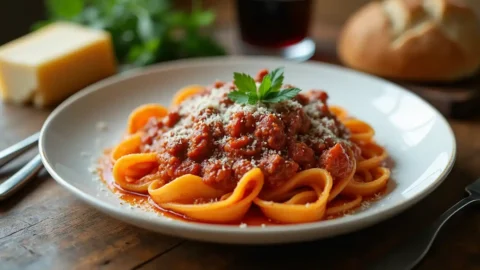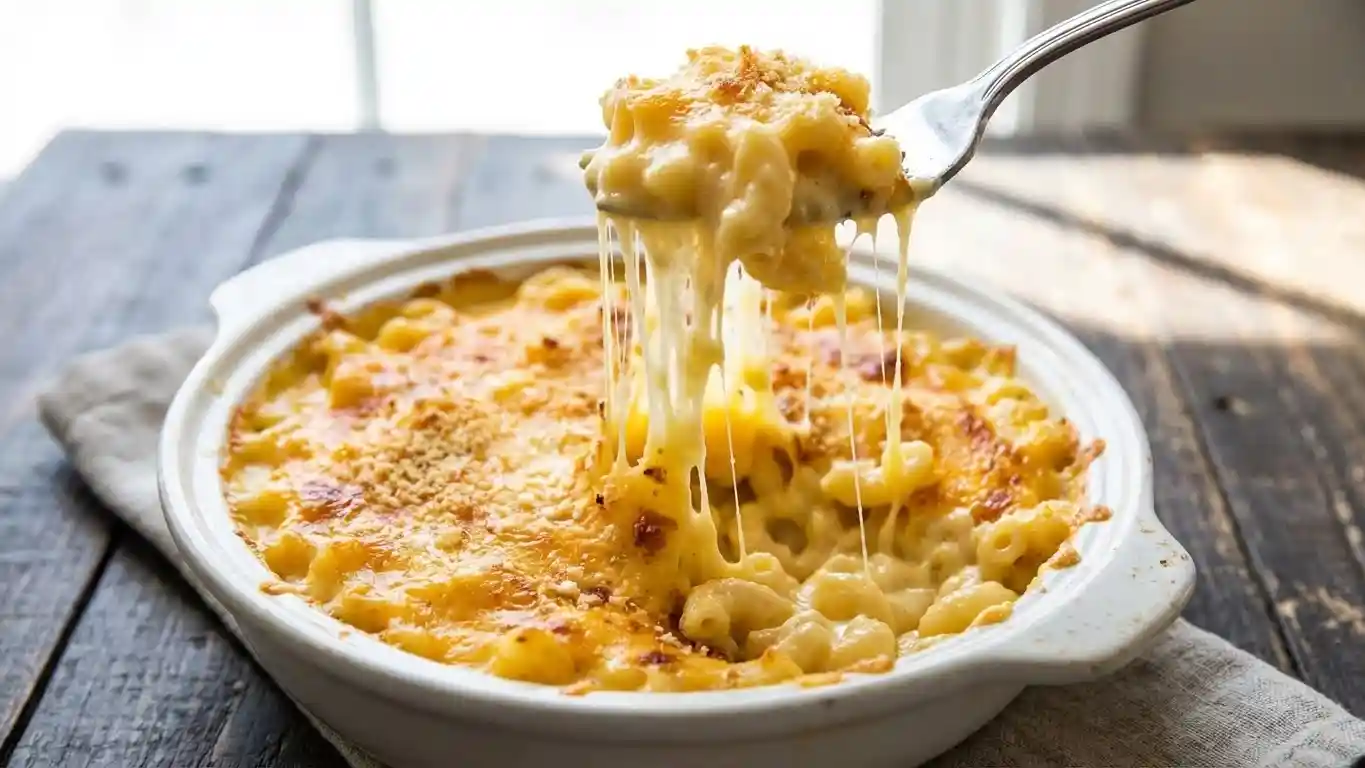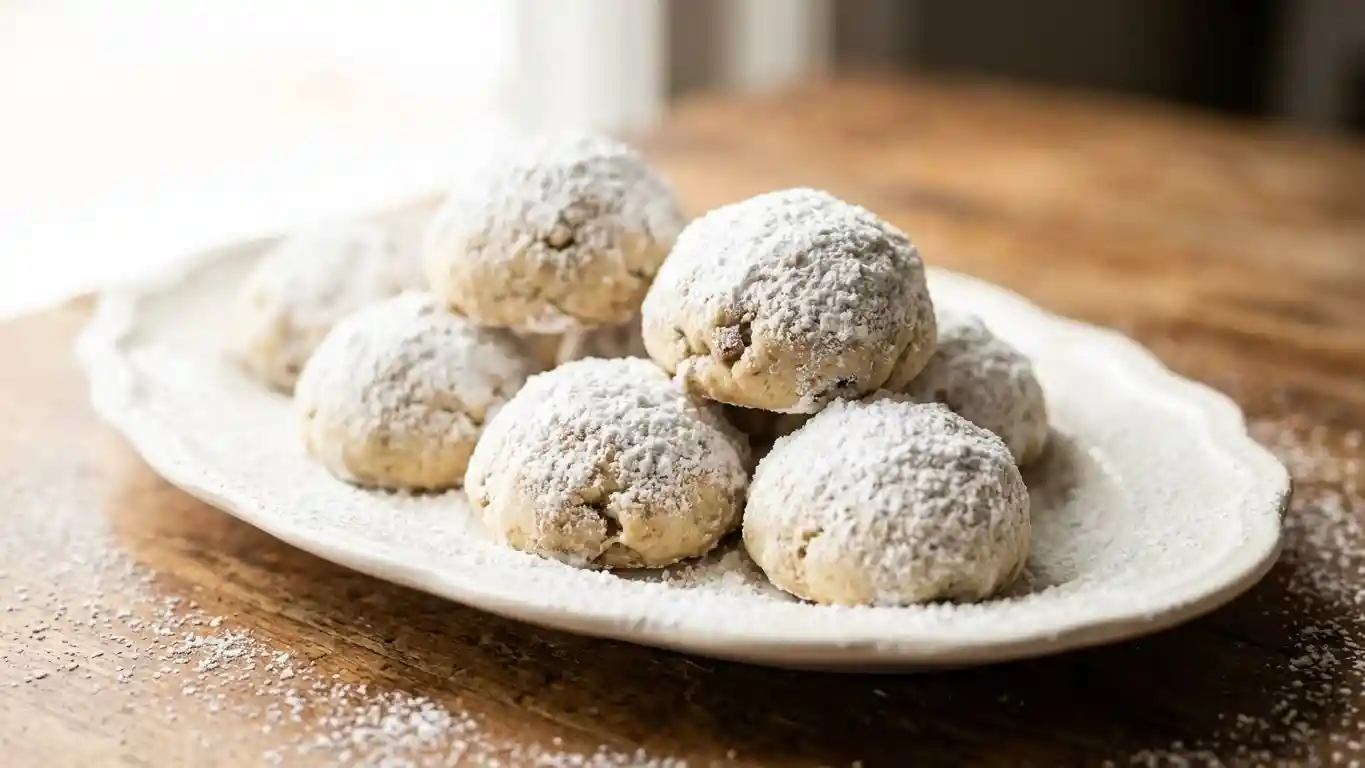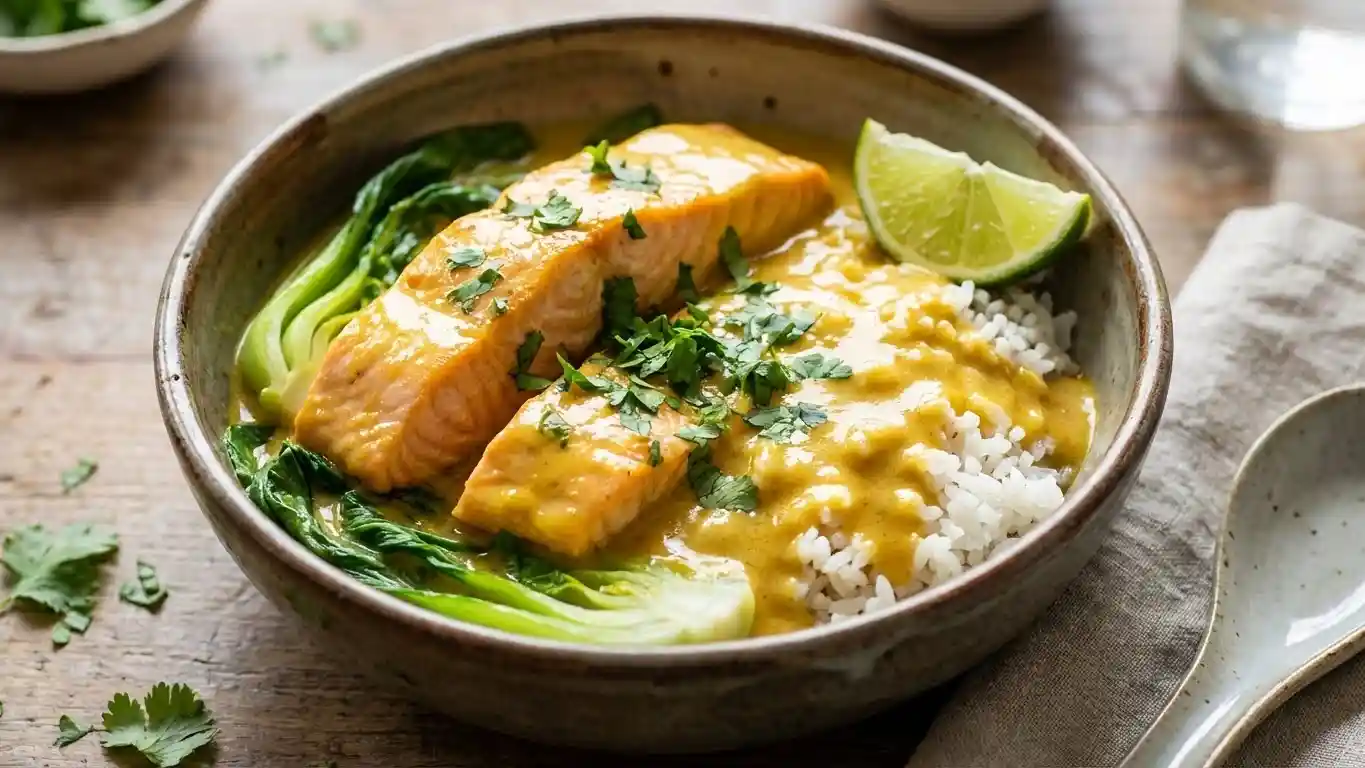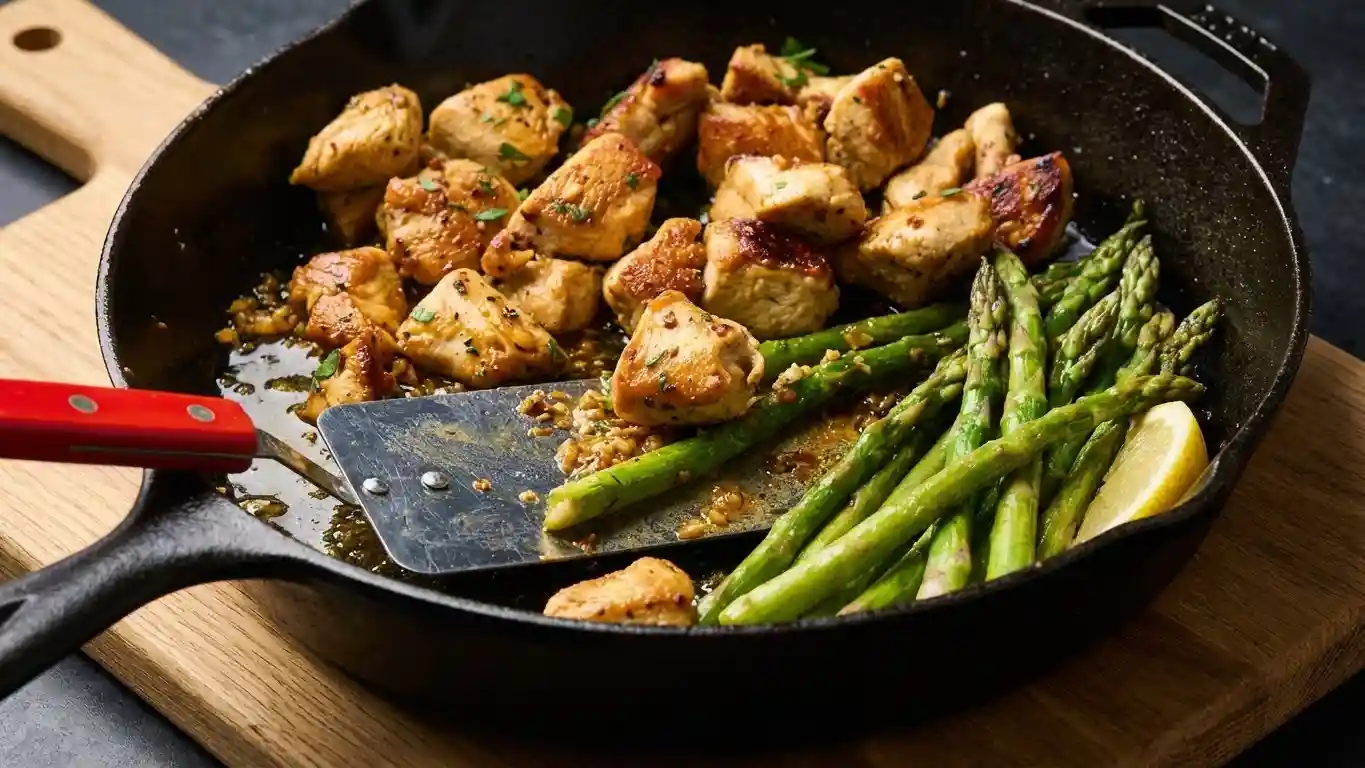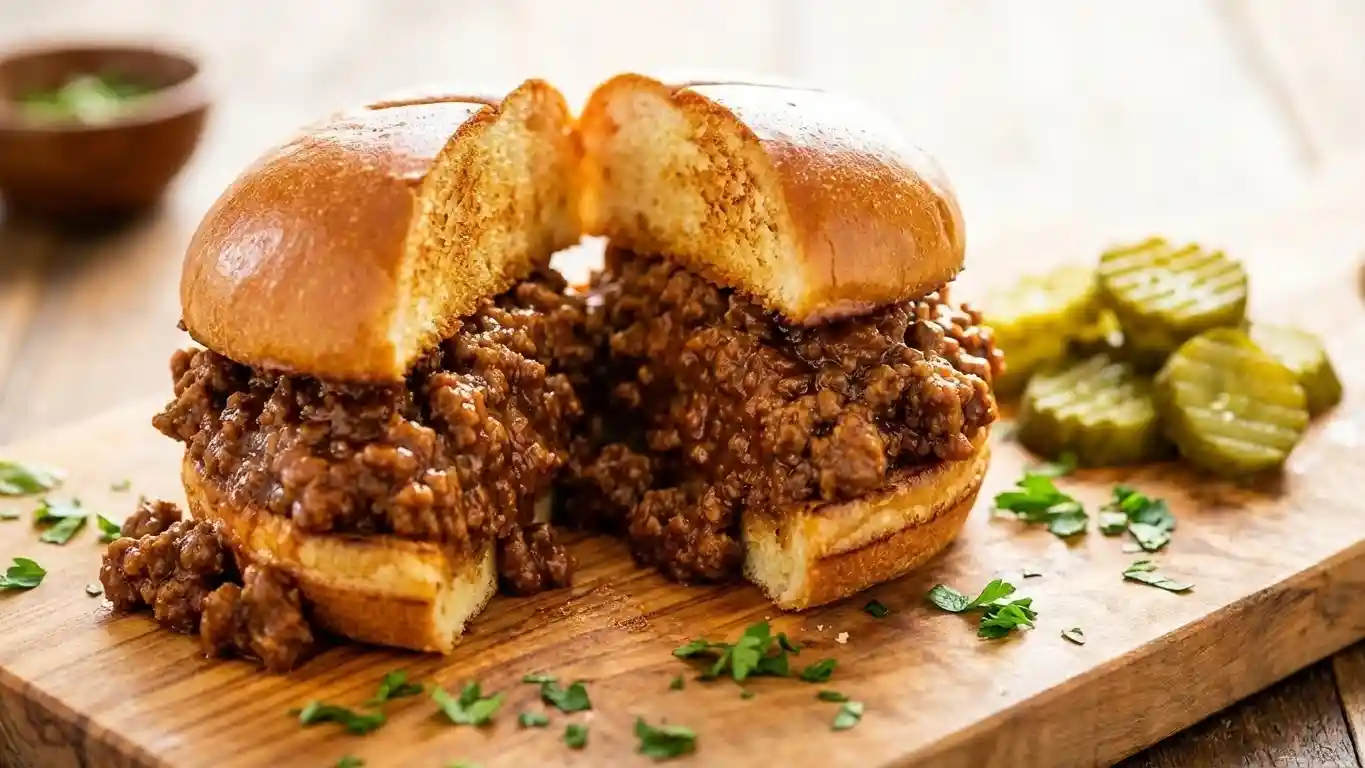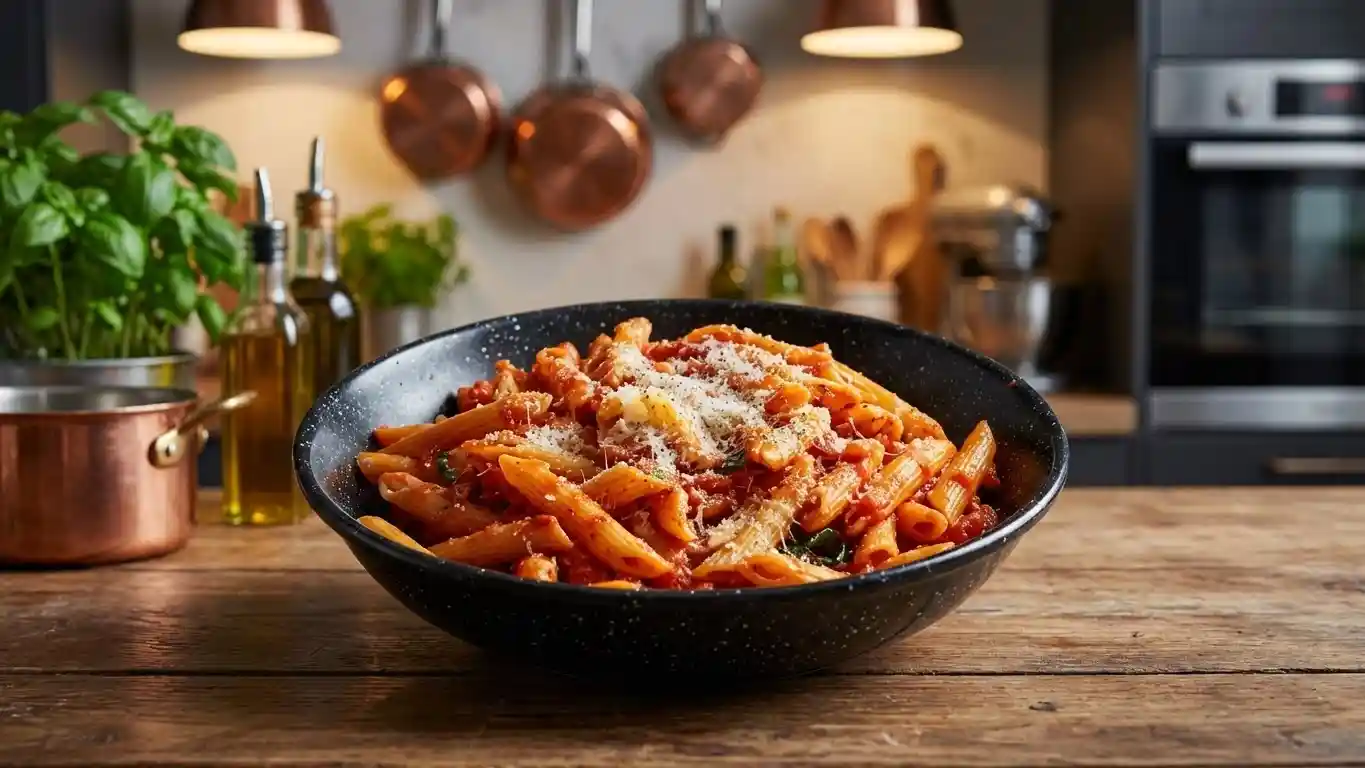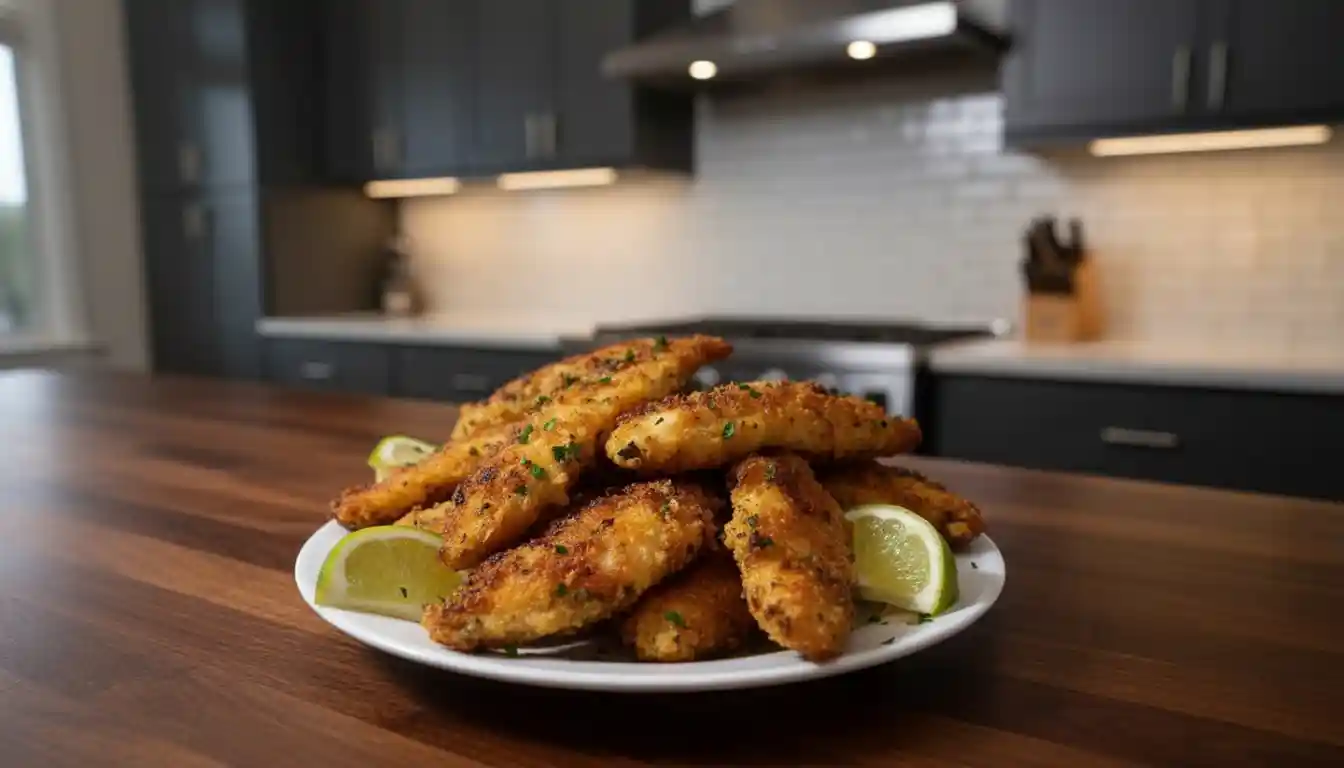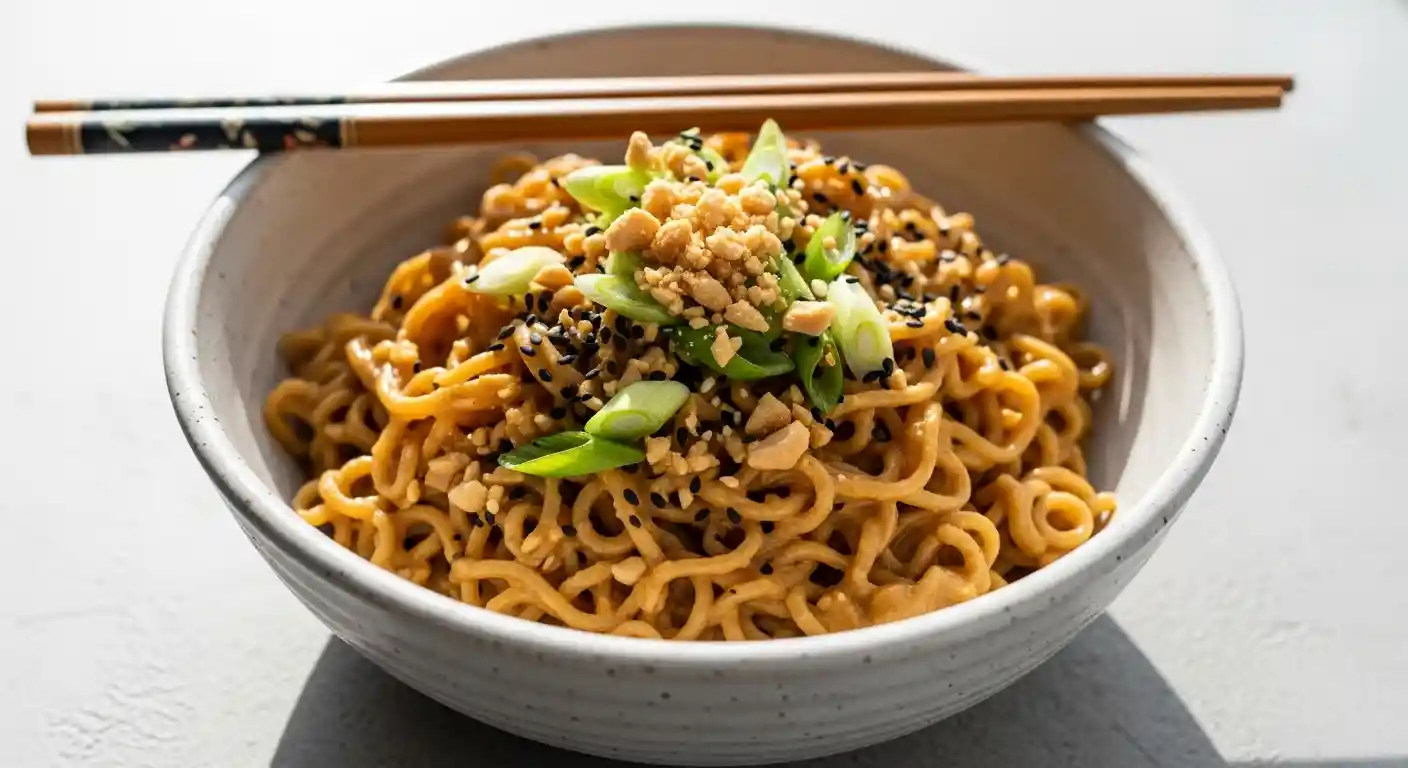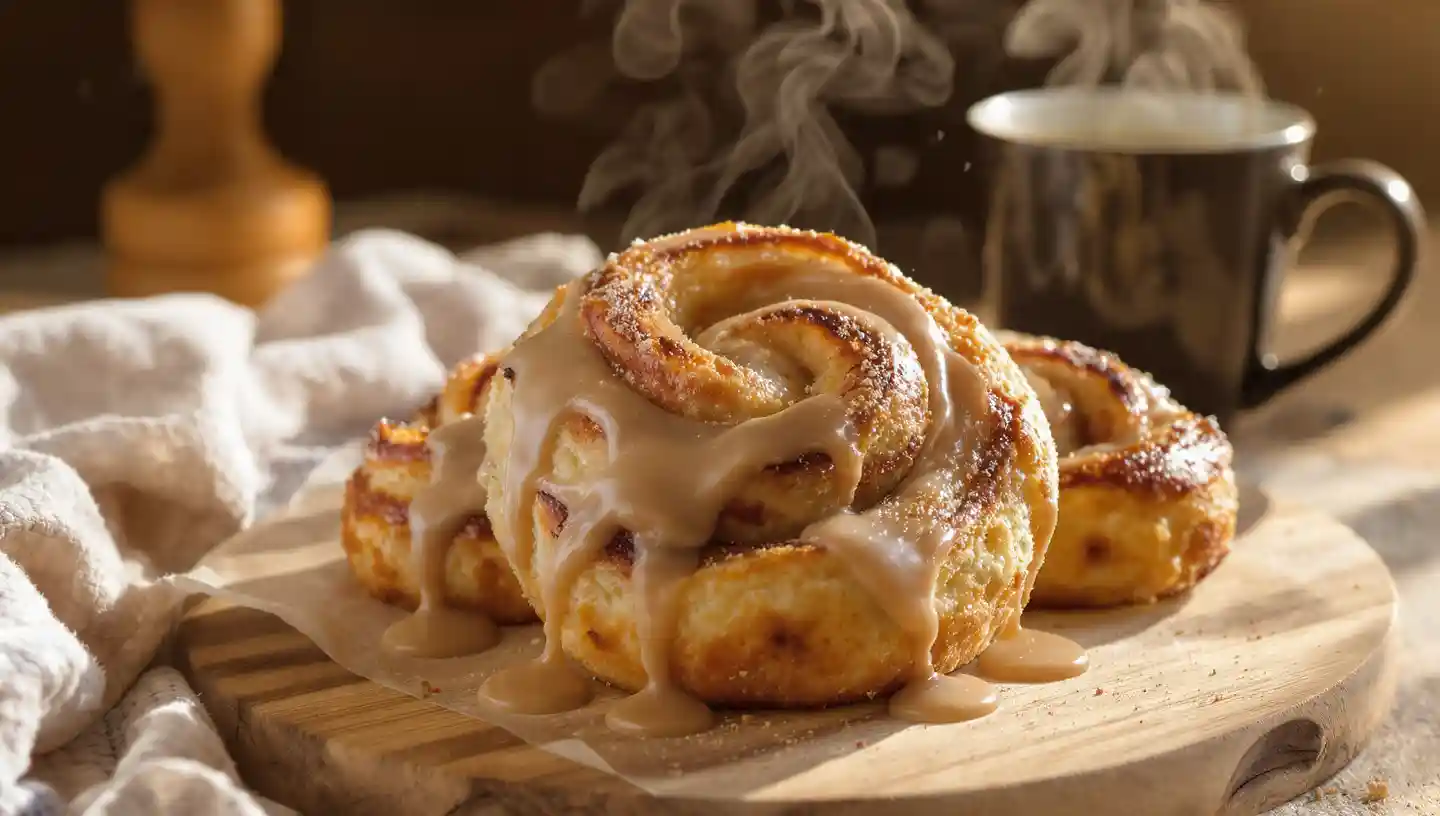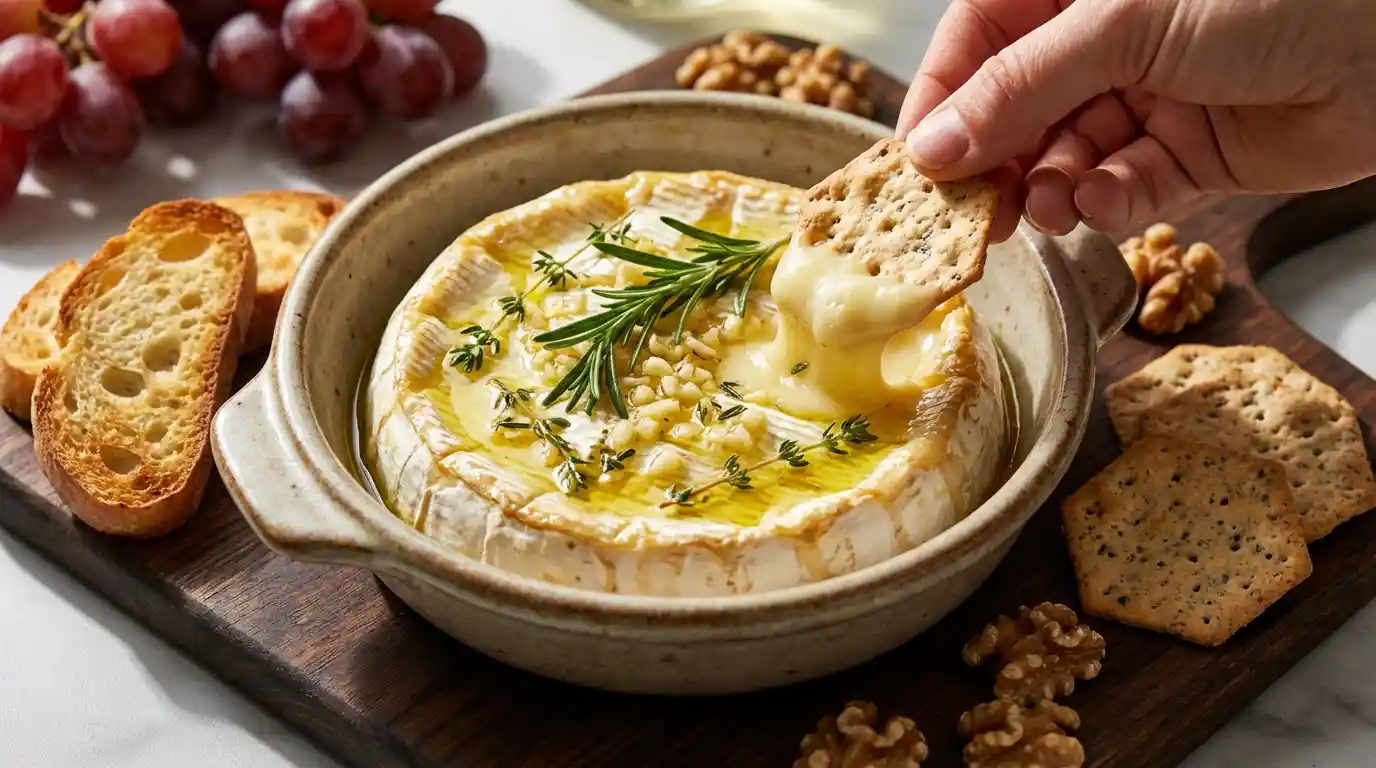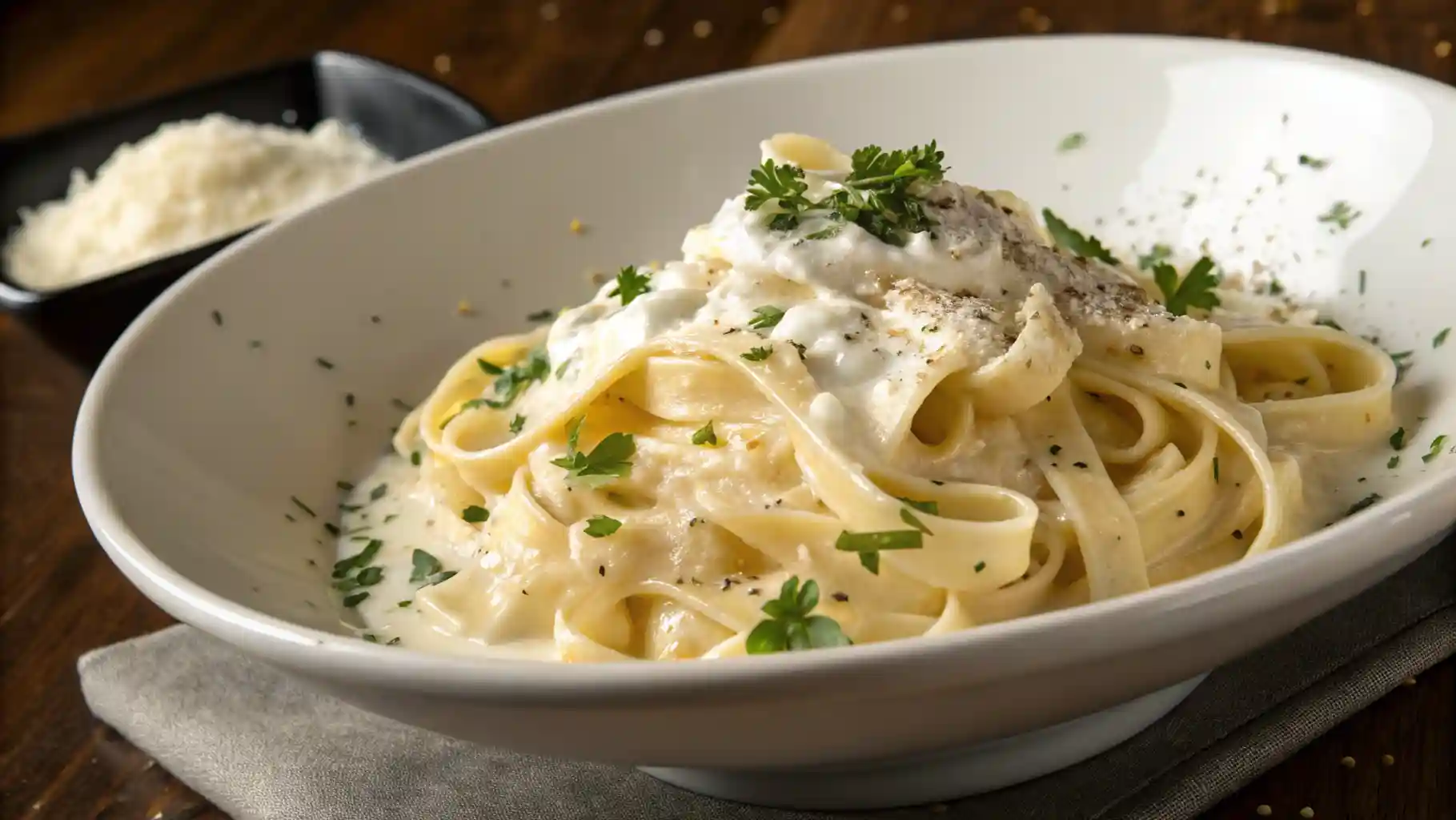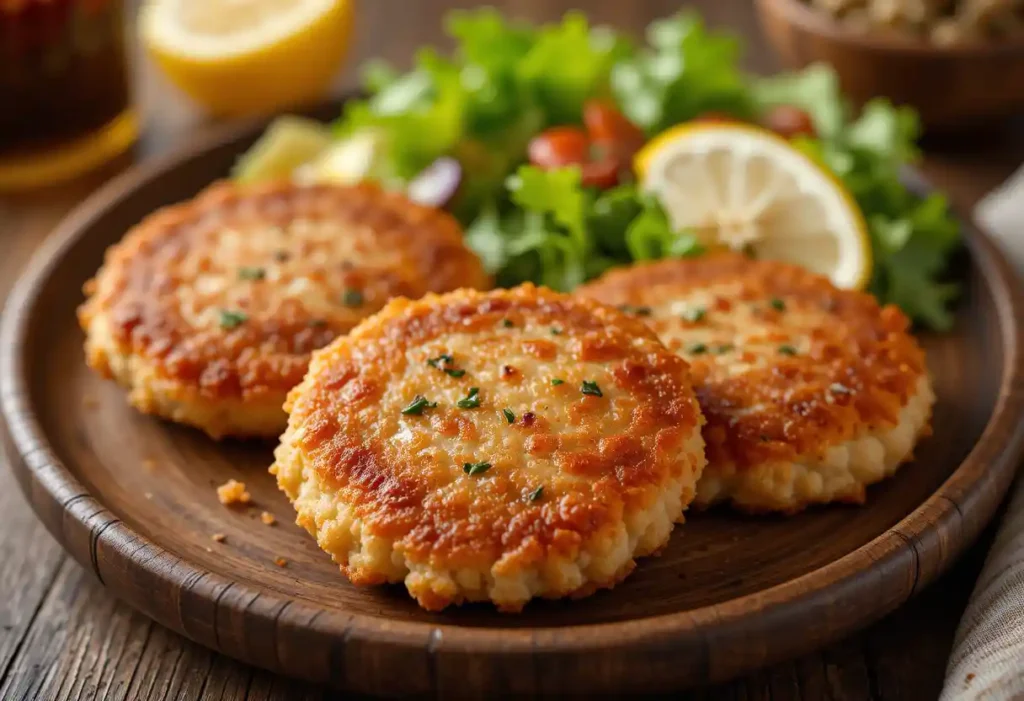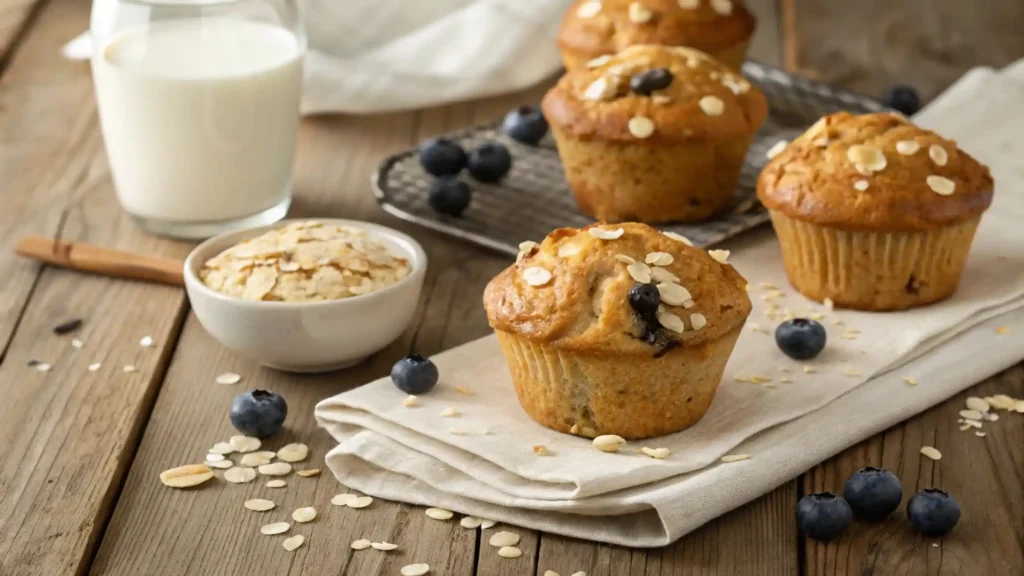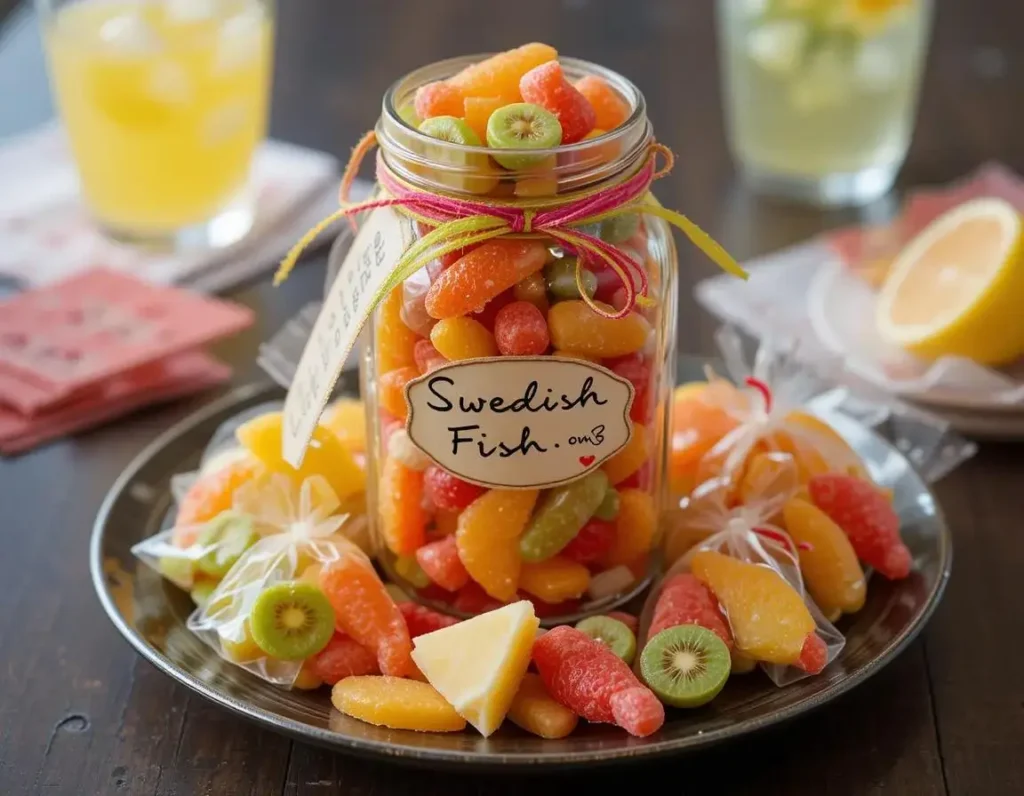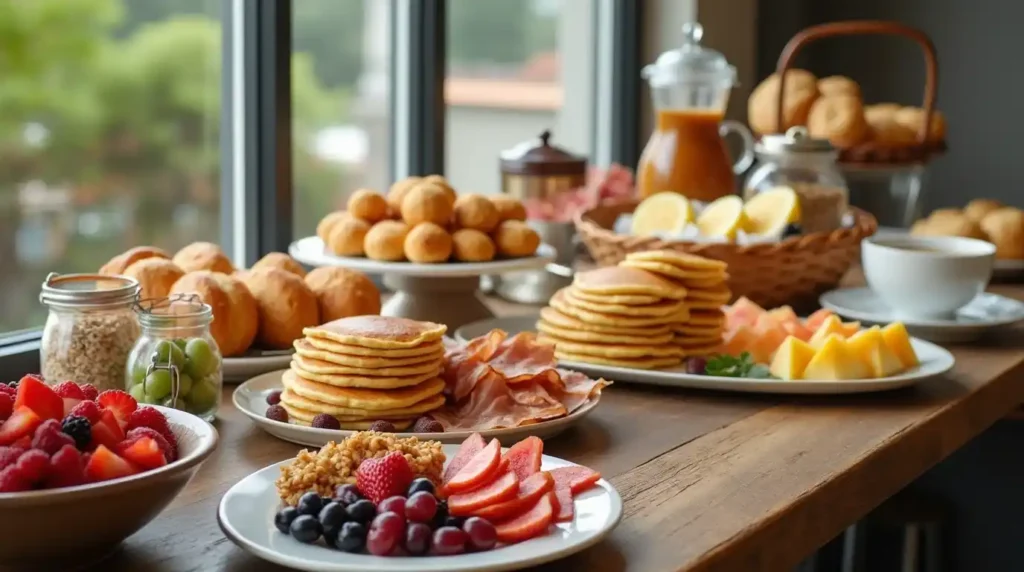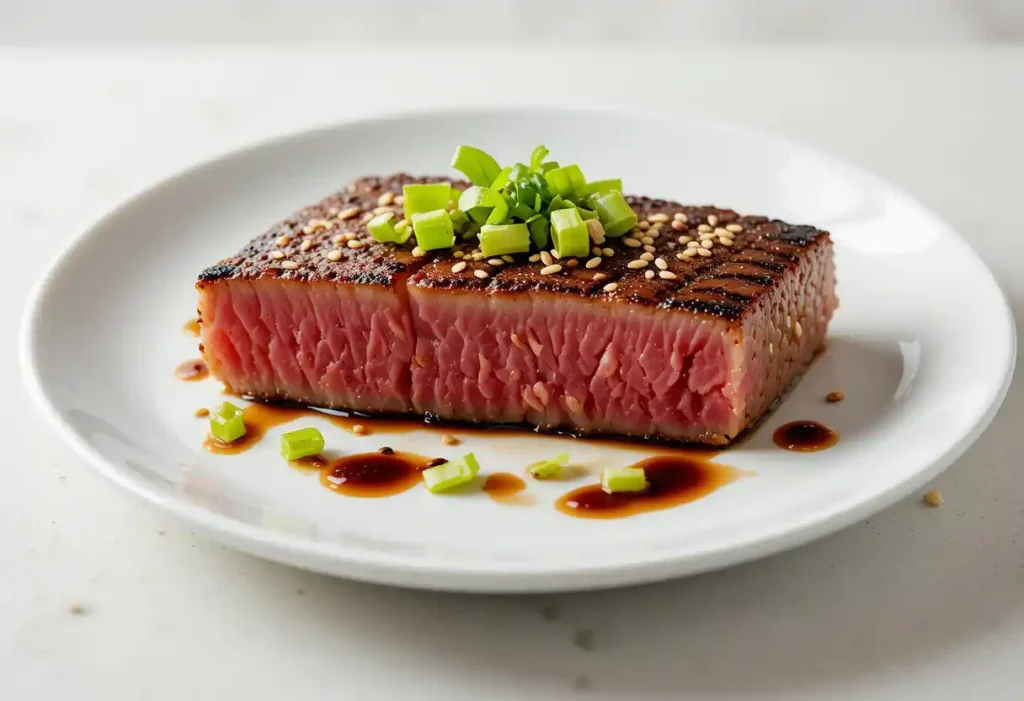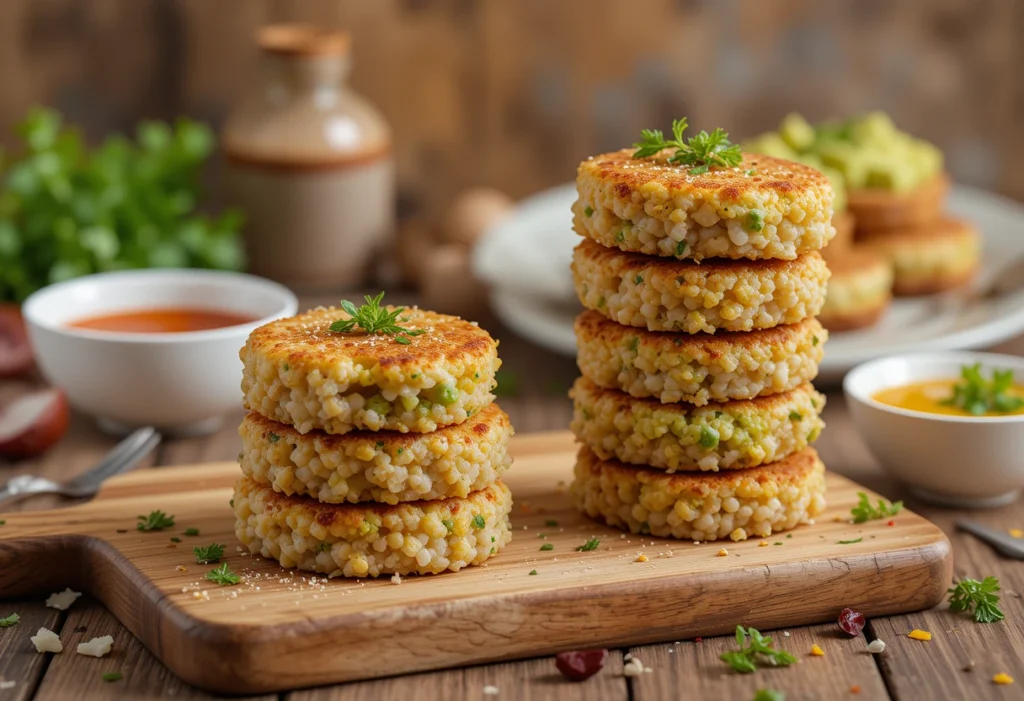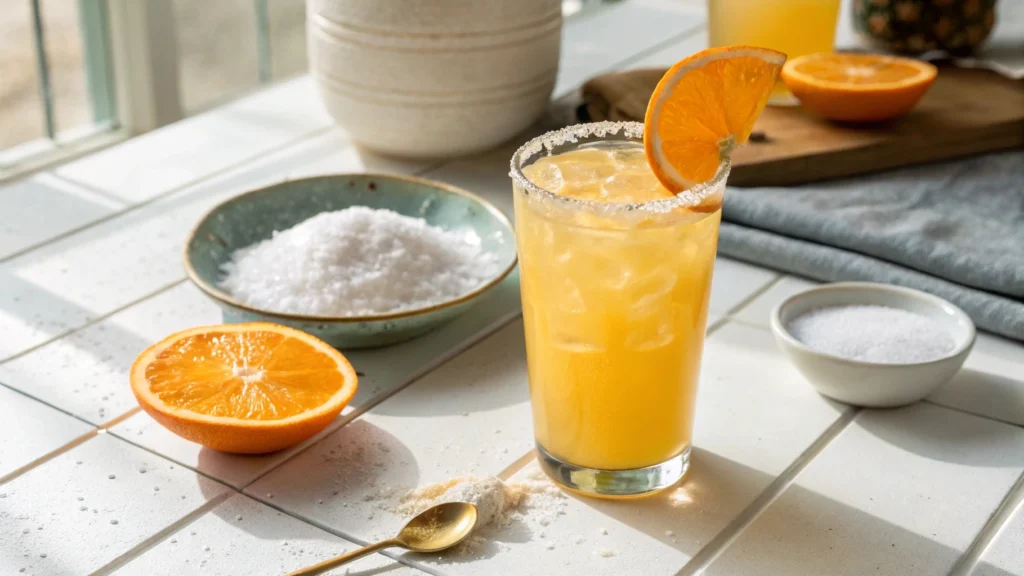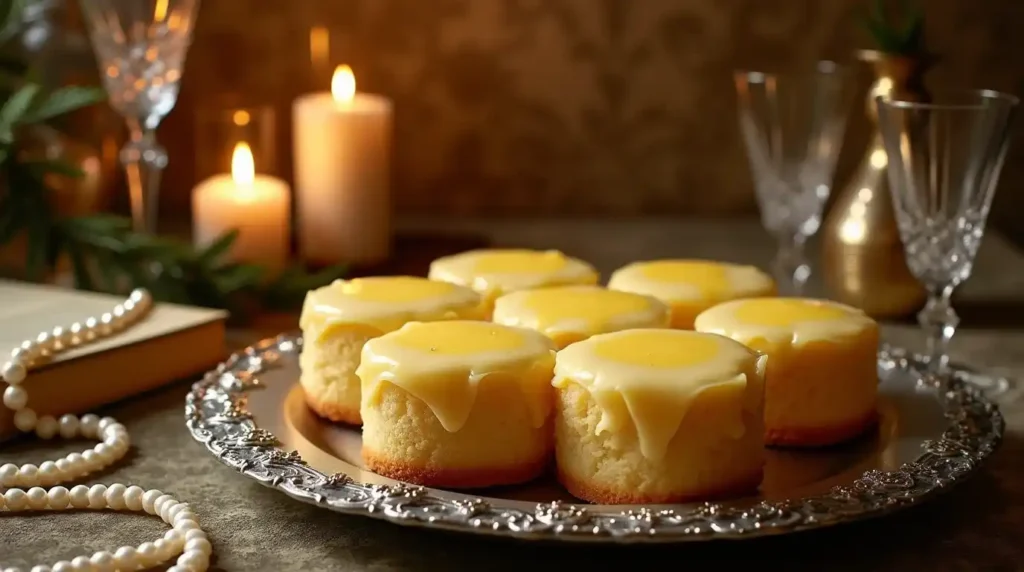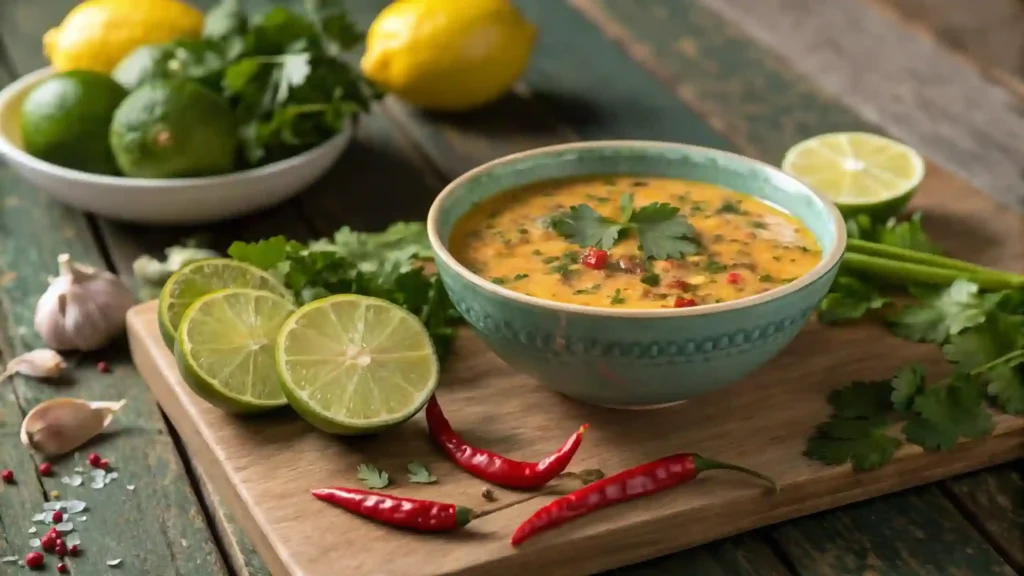Few pasta dishes offer the same level of richness, depth, and tradition as Mafaldine Bolognese. This dish combines ribbon-like Mafaldine pasta with a slow-simmered, meaty Bolognese sauce, creating a hearty meal that captures the essence of Italian cuisine.
Unlike the widely known spaghetti Bolognese, authentic Bolognese sauce is a slow-cooked ragù that incorporates wine, milk, and aromatic vegetables, creating a deep, umami-rich flavor profile. If you’re looking for the perfect pasta shape to complement a thick sauce, Mafaldine is the best choice.
For more on why pasta shape matters, check out Mafaldine Pasta—an in-depth look at this unique noodle and how to use it in various recipes.
Table of Contents
What is Mafaldine Pasta?
Mafaldine, also known as Reginette, is a flat, ribbon-shaped pasta with delicate ruffled edges. It was named in honor of Princess Mafalda of Savoy and is one of the best pasta shapes for thick, meaty sauces.
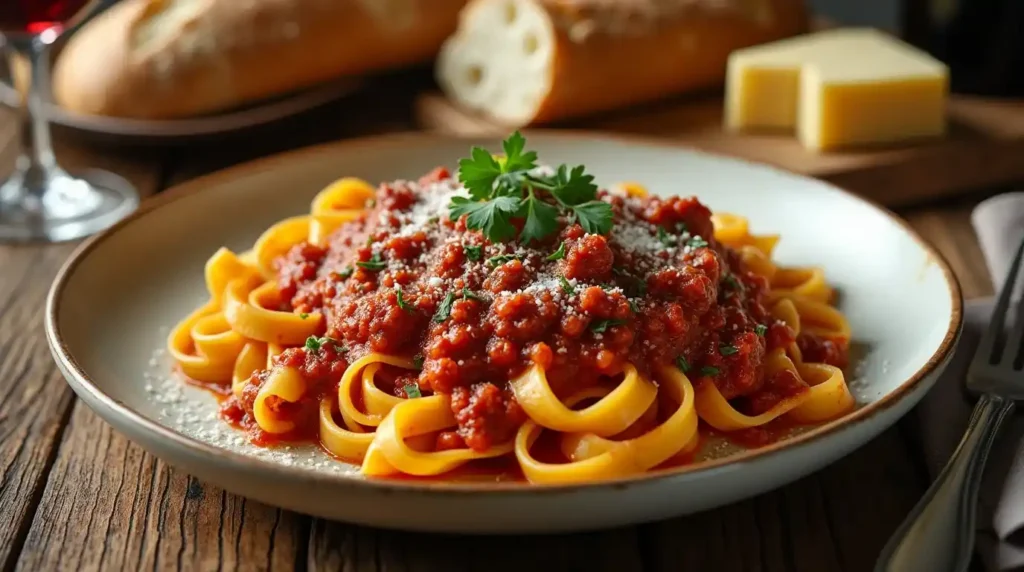
Why is Mafaldine Perfect for Bolognese?
- The ridged edges help trap thick sauces, ensuring every bite is packed with flavor.
- Unlike spaghetti, which lets sauce slide off, Mafaldine holds onto the sauce, creating a balanced, well-coated bite.
- It provides a chewier, more luxurious texture compared to traditional flat noodles.
Other pasta shapes that work well with Bolognese include:
✔ Pappardelle – A wide, flat pasta ideal for thick sauces.
✔ Tagliatelle – A slightly thinner option that absorbs flavors beautifully.
✔ Fettuccine – A common substitute, though less effective at holding sauce.
If you love experimenting with pasta, you might enjoy this Garlic Parmesan Chicken Pasta—a creamy and cheesy alternative to traditional Italian dishes.
The History of Bolognese Sauce
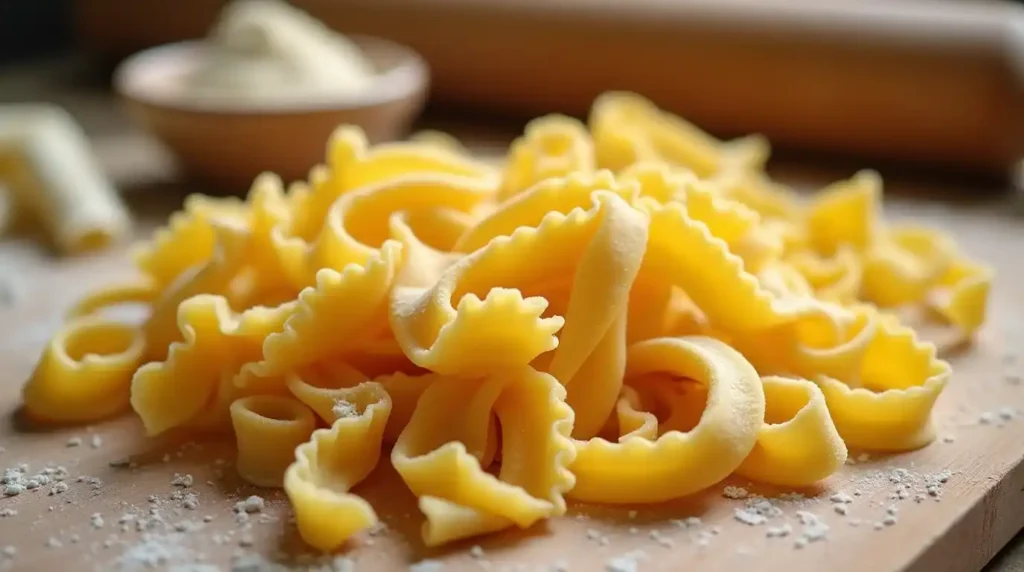
Origins in Bologna, Italy
- Bolognese sauce, or Ragù alla Bolognese, dates back to the 18th century in Bologna, Italy.
- Unlike American-style meat sauce, which is tomato-heavy and quick to cook, Bolognese sauce is slow-simmered for hours with a mix of meats, wine, milk, and vegetables.
- The first written Bolognese recipe was recorded in 1891 in Pellegrino Artusi’s famous cookbook, La Scienza in Cucina e l’Arte di Mangiar Bene.
Authentic vs. Modern Bolognese
- Traditional Bolognese contains little tomato—the sauce gets its richness from meat, wine, and dairy.
- Modern versions often include more tomatoes and use ground beef instead of a mix of meats.
- Authentic Bolognese is always slow-cooked for at least 2 hours to develop deep flavors.
Ingredients for the Best Mafaldine Bolognese
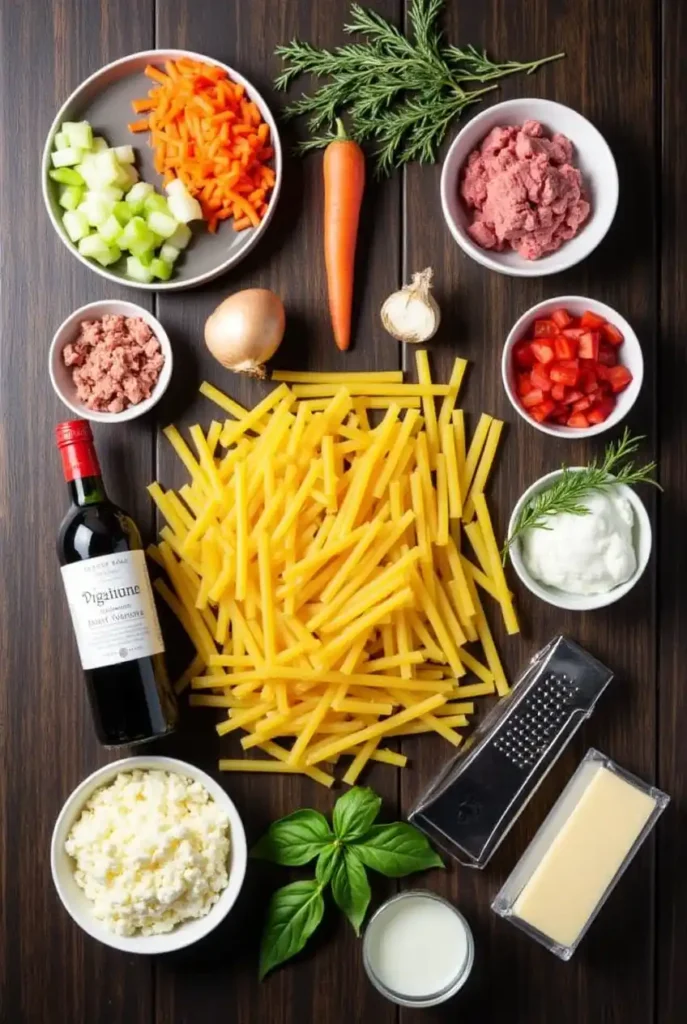
1. The Meat
- Ground Beef (80/20 blend) – Adds deep, meaty richness.
- Ground Pork or Veal – Adds fat and tenderness to balance the beef.
- Pancetta or Bacon – Provides a smoky, umami depth.
2. The Aromatics
- Onion, Carrot, Celery (Soffritto) – The foundation of any great Italian sauce.
- Garlic – For extra complexity and depth.
3. The Liquids
- Red Wine – Enhances the richness; Chianti or Sangiovese works best.
- Whole Milk – Balances the acidity of tomatoes and creates a creamy texture.
- Beef Broth – Adds a concentrated umami flavor.
4. Tomatoes and Seasonings
- San Marzano Tomatoes (Crushed) – The best choice for a sweet, deep tomato flavor.
- Tomato Paste – Intensifies the sauce’s depth.
- Bay Leaf, Nutmeg, Oregano – Classic seasonings that elevate the sauce.
- Salt and Black Pepper – To balance flavors.
5. The Pasta
- Mafaldine Pasta – The star of the dish.
- Reserved Pasta Water – Helps bind the sauce to the pasta.
- Fresh Parmigiano Reggiano – For a nutty, salty finish.
Step-by-Step Instructions to Make Mafaldine Bolognese
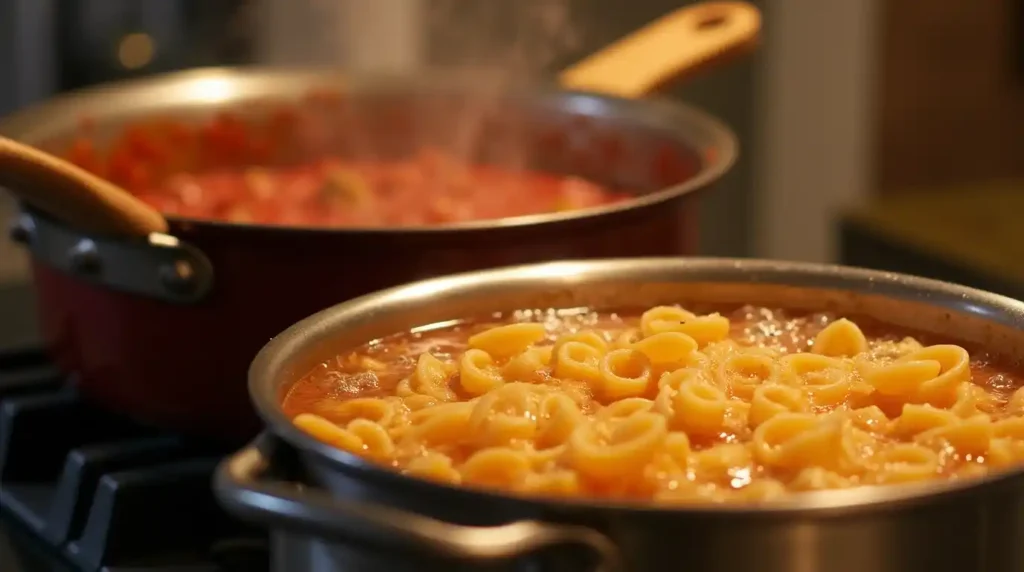
1. Sauté the Aromatics
- Heat olive oil in a Dutch oven.
- Add pancetta, cooking until crispy, then remove.
- Sauté onion, carrots, celery, and garlic until softened.
2. Brown the Meat
- Add ground beef , breaking apart with a wooden spoon.
- Cook until browned, then stir in tomato paste and cook for 2 more minutes.
3. Deglaze and Simmer
- Pour in red wine, scraping the pan.
- Reduce for 8 minutes, then add milk, tomatoes, broth, and seasonings.
- Simmer for at least 2 hours to develop flavor.
4. Cook the Mafaldine Pasta
- Boil heavily salted water and cook Mafaldine until al dente.
- Reserve ½ cup of pasta water, then drain.
5. Combine and Serve
- Stir pasta into sauce, adding reserved pasta water as needed.
- Finish with Parmigiano Reggiano and a drizzle of olive oil.
Conclusion
Mafaldine Bolognese is the ultimate comfort food, blending rich, slow-cooked sauce with textured, elegant pasta. Whether you’re making it for a cozy dinner or entertaining guests, this dish is guaranteed to impress.
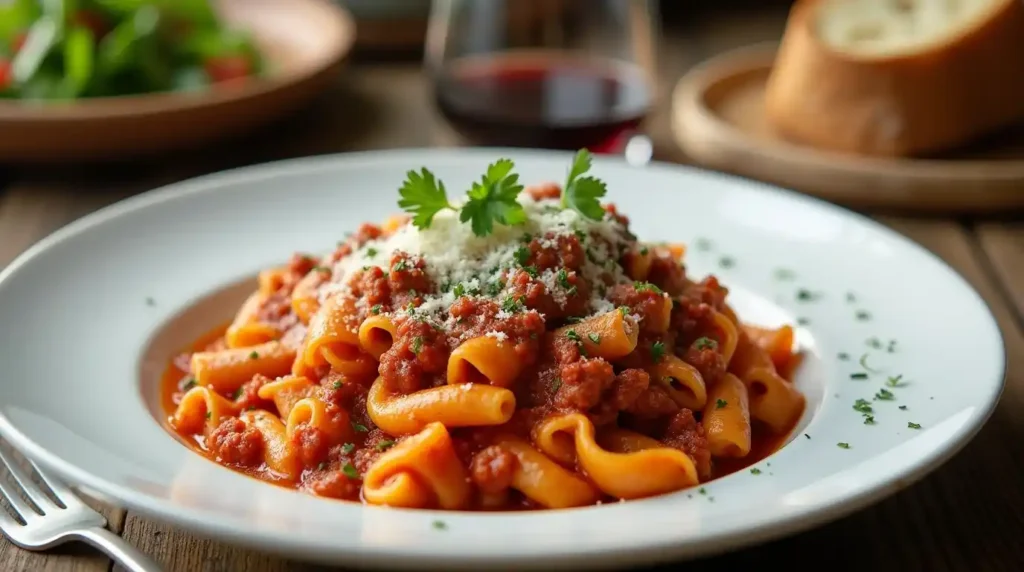
For more pasta inspiration, try Mafaldine Pasta—a deep dive into this fantastic noodle and how to use it creatively.
Give this recipe a try, experiment with different variations, and enjoy every bite of this Italian classic.
FAQs – Common Questions About Mafaldine Bolognese
1. What makes Bolognese different from meat sauce?
Unlike traditional meat sauce, Bolognese is slow-simmered with wine, milk, and aromatics, creating a deep, rich flavor.
2. Can I use a different pasta instead of Mafaldine?
Yes, but Mafaldine’s ruffled edges hold onto sauce better. If unavailable, pappardelle or tagliatelle work well too.
3. How do I store and reheat leftovers?
Store in an airtight container in the fridge for up to 4 days.
Reheat on the stove with a splash of water or broth to refresh the sauce.
4. Can I freeze Bolognese sauce?
Yes! Let it cool completely before transferring it to an airtight container. It will keep in the freezer for up to 3 months.
5. What is mafaldine pasta good for?
Mafaldine pasta is best for thicker sauces, particularly meat-based ones like Bolognese, ragù, and creamy mushroom sauces. The rippled edges help hold onto hearty textures, making it an excellent choice for rich, slow-cooked dishes.
6. What does mafaldine mean in Italian?
The word Mafaldine comes from Princess Mafalda of Savoy, after whom the pasta was named. The ribbon-like shape with frilly edges resembles a regal sash, giving the pasta an elegant and royal feel.
7. What is Bolognese sauce made of?
Traditional Bolognese sauce (Ragù alla Bolognese) consists of:
Ground meats (typically a mix of beef and pork)
Soffritto (onion, carrot, and celery)
Milk (to balance acidity and add richness)
Red or white wine (for depth of flavor)
Tomatoes (though less prominent than in standard tomato sauce)
Aromatics (bay leaf, nutmeg, and oregano)
8. What is the difference between a Bolognese and a ragù?
Ragù is a general term for any meat-based sauce in Italy.
Bolognese is a specific type of ragù originating from Bologna, Italy. It includes milk and a mix of meats and is typically served with wide pasta like Mafaldine, tagliatelle, or pappardelle.
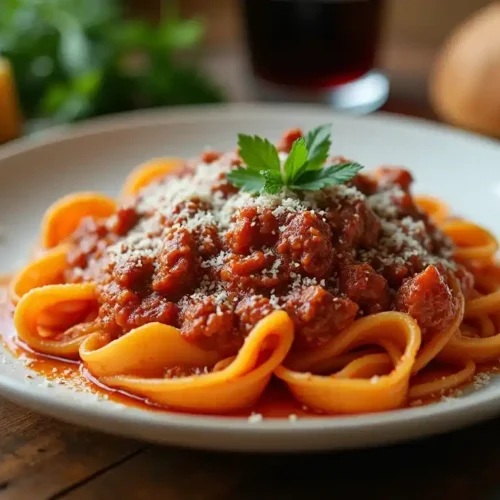
mafaldine bolognese
Ingredients
For the Bolognese Sauce:
- 1 lb ground beef 80/20 blend for flavor
- ½ lb ground pork or veal for tenderness
- 4 oz pancetta or thick-cut bacon finely chopped
- 1 medium yellow onion finely diced
- 2 medium carrots finely diced
- 2 celery stalks finely diced
- 4 cloves garlic minced
- 1 cup red wine Chianti or Sangiovese
- 1 cup whole milk for richness and balance
- 1 can 28 oz San Marzano tomatoes, crushed
- 2 tbsp tomato paste for depth of flavor
- 1 cup beef broth adds umami richness
- 1 bay leaf
- 1 tsp dried oregano
- ½ tsp ground nutmeg
- Salt and black pepper to taste
- 2 tbsp olive oil for sautéing
For the Pasta:
- 12 oz Mafaldine pasta
- 1 tbsp olive oil
- ½ cup reserved pasta water to adjust sauce consistency
- Freshly grated Parmigiano Reggiano for garnish
- Chopped fresh parsley for garnish
Instructions
Prepare the Aromatics
- Heat 2 tbsp olive oil in a large Dutch oven over medium heat.
- Add pancetta and cook until crispy, about 4 minutes, then remove with a slotted spoon.
- In the same pot, add onions, carrots, celery, and garlic; sauté until softened, about 10 minutes.
Cook the Meat
- Add ground beef and pork, breaking them apart with a wooden spoon.
- Cook until browned, about 8 minutes.
- Stir in tomato paste and cook for another 2 minutes to deepen the flavor.
Deglaze and Simmer the Sauce
- Pour in red wine, scraping up browned bits from the pot, and let it reduce for 8 minutes.
- Add milk, crushed tomatoes, beef broth, and seasonings (bay leaf, oregano, nutmeg, salt, and pepper).
- Reduce heat to low, cover partially, and simmer for at least 90 minutes, stirring occasionally.
Cook the Mafaldine Pasta
- Bring a large pot of heavily salted water to a boil.
- Add Mafaldine pasta and cook until al dente (about 10-12 minutes).
- Reserve ½ cup pasta water, then drain the pasta.
Combine the Sauce and Pasta
- Remove the bay leaf from the sauce.
- Toss the cooked Mafaldine pasta into the sauce, adding reserved pasta water if needed to adjust consistency.
- Stir well until the pasta is fully coated.
Serve and Garnish
- Plate the pasta and top with freshly grated Parmigiano Reggiano.
- Garnish with chopped parsley and drizzle with a bit of olive oil for extra richness.
- Serve with a glass of red wine and crusty Italian bread for the perfect dining experience.
Notes
Nutrition Information (Per Serving)
- Calories: 620 kcal
- Total Fat: 28g
- Saturated Fat: 11g
- Cholesterol: 90mg
- Sodium: 780mg
- Carbohydrates: 58g
- Fiber: 5g
- Sugar: 9g
- Protein: 35g

